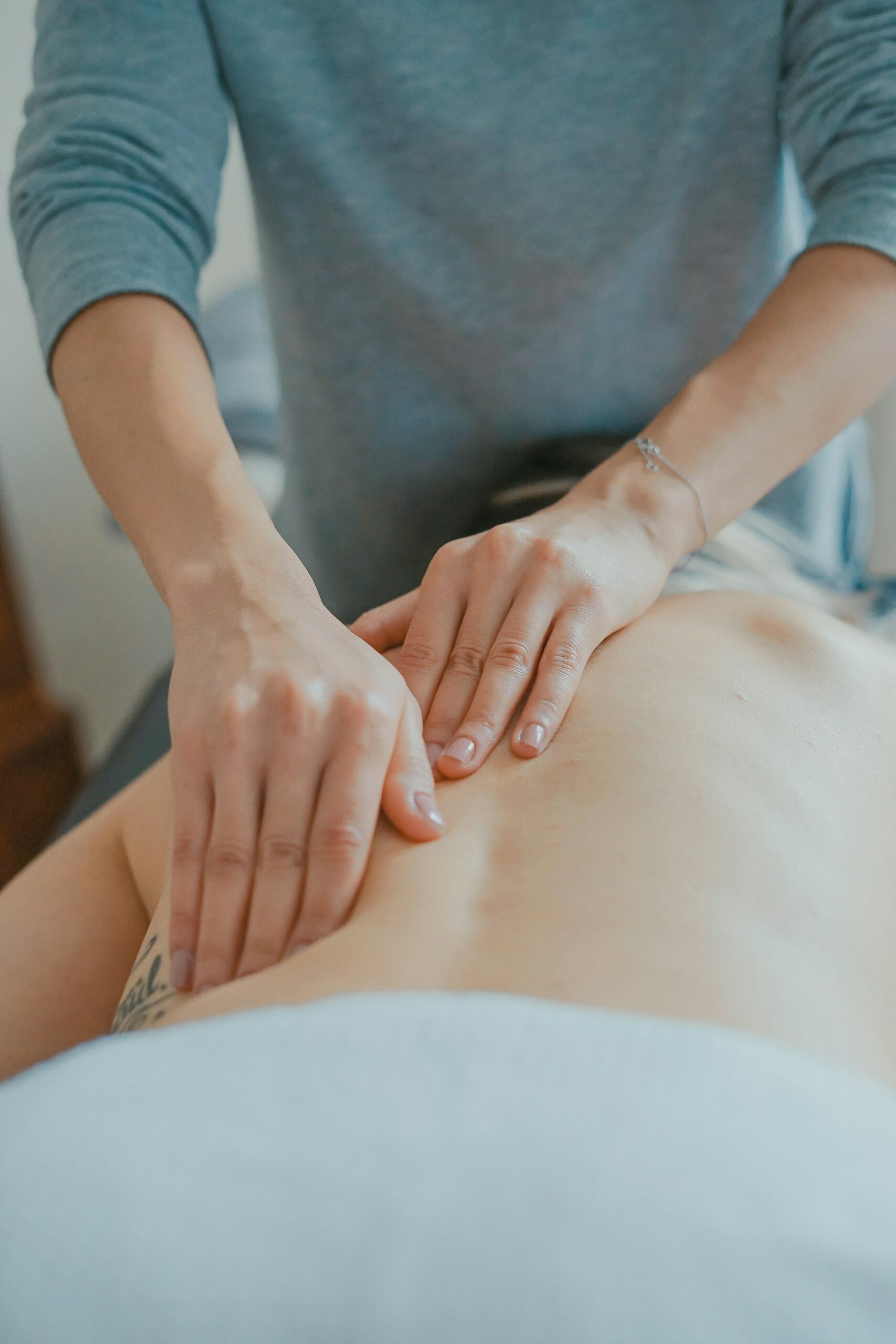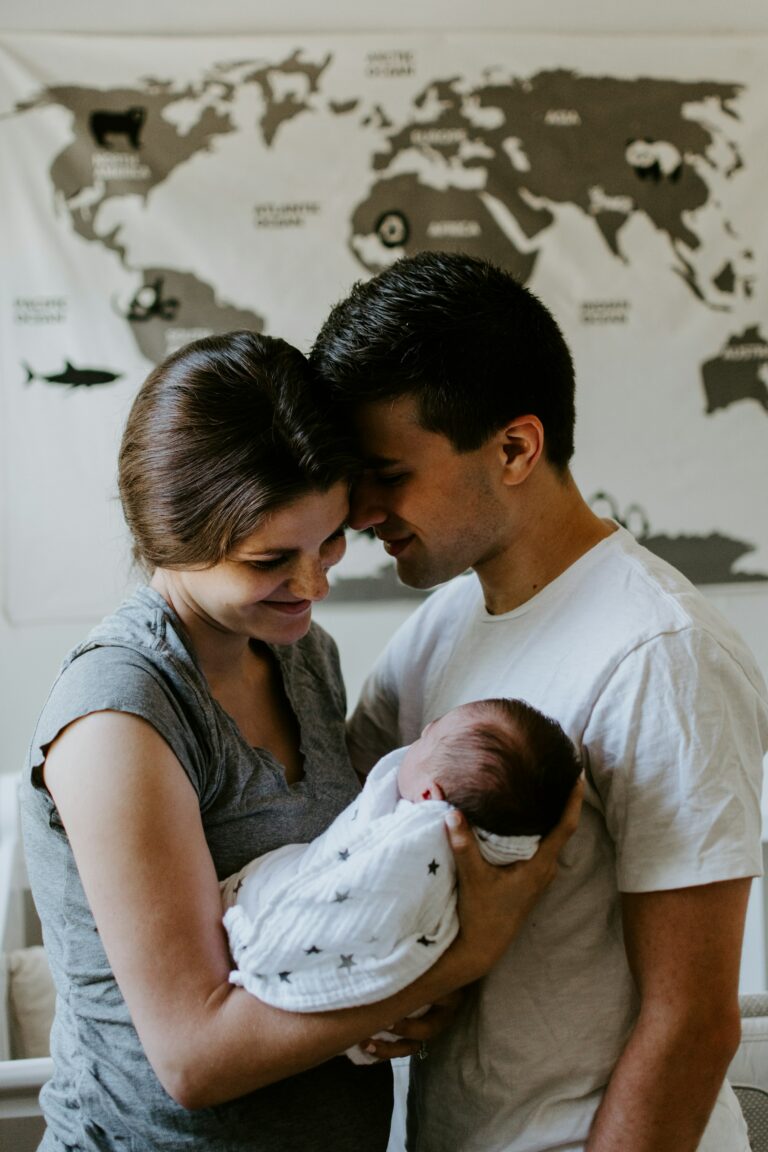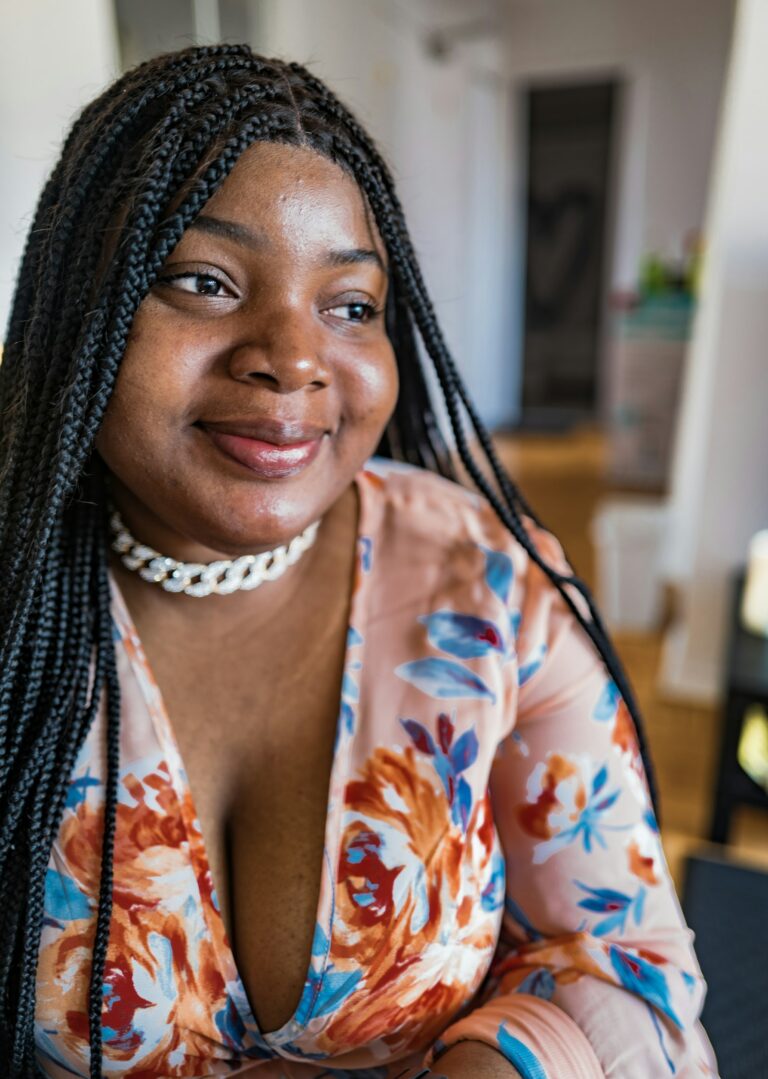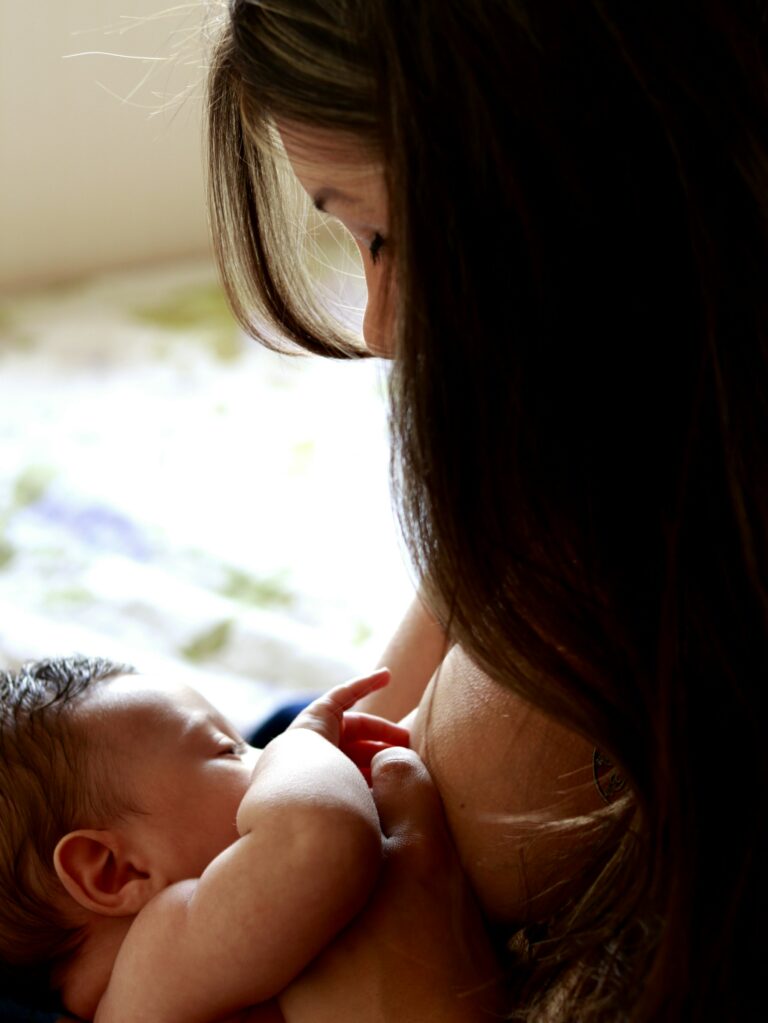Raising a child means dancing between joy, exhaustion, and—quite often—a question mark hovering over your head: what can really keep your family in good health, naturally? If you’ve ever wondered whether osteopathy might offer answers where aches, tension, or sleepless nights linger, you’re not alone in searching for gentle, science-backed approaches. Osteopathy stands out with its promise of manual therapy, considering not just the aching shoulder but the entire tapestry of the body—muscles, ligaments, nerves, mind and spirit. Here, you’ll discover how osteopathy works, what happens in a session, and why many families are turning to this holistic philosophy at every life stage—from the very first baby cries to long after grown children leave the nest. Let’s explore the fundamentals, the practicalities, the controversies and, most importantly, the ways osteopathy can fit into your family’s everyday life.
Key Principles of Osteopathy: A Mind-Body-Structure Approach
Osteopathy rethinks health, refusing to isolate aching muscles from mental stress or digestive upsets from stiff posture. Born from the vision of Dr. Andrew Taylor Still, it champions the belief that true healing happens when the body’s structure and function work seamlessly together. The body isn’t simply a collection of parts—it’s a delicate, reactive network, adaptable (until it’s not), forever balancing external pressures and internal strength.
Here, four pivotal ideas are woven tightly:
- The body is a complete, integrated unit—body, mind, and spirit collaborating for wellness.
- Self-healing isn’t fantasy: the body is constantly regenerating and regulating itself, provided it’s given space and support.
- Musculoskeletal health—the alignment of bones, muscles, fascia, and joints—anchors everything from nerve signals to breathing patterns.
- Effective treatment demands an eye for connections, not just local issues; the goal is restored movement, resilience, and long-term equilibrium.
You might be surprised—osteopathy rarely leans on medication. Instead, it celebrates manual therapies: stretching, mobilizing, even rhythmic pressure on tense tissues, always adapting to age, physical sensitivity, and personal comfort.
The “Full Vessel” Analogy: Diagnosing More Than Just Pain
Imagine, for a moment, your body as a vessel, unique to you, gradually filling with the wear and tear of years, stress, posture slips, accidents—small or significant. Here’s the catch: symptoms rarely shout until this vessel overflows. That hour hunched over a screen? A tumble during play? Even carrying your sleeping toddler down a hallway? Each might just add a drop.
Osteopathy shines not only when pain erupts but as a sentinel, preventing that “last drop”. Through precise hands-on examination, an osteopath seeks points where mobility falters, tissues tighten, or movement patterns shift subtly out of sync. Restoring movement, rebalance—these are more than buzzwords. It’s literal: improving joint mobility, ligaments’ freedom, and muscular elasticity can protect nerves, boost circulation, and revitalise organ function. In turn, the vessel drains a little, adaptability rebounds, and injury risks diminish.
What Happens During an Osteopathy Session?
Curious what to expect? Here’s the typical flow:
- It starts with questions that reach back through your medical history, lifestyle, and even family patterns—chronic headaches, delayed milestones, or recurring strains all matter.
- A careful assessment follows. Posture is scrutinised, flexibility gently tested, and hands trained to feel even faint restrictions—where is the flow “dammed”? Are muscles compensating for weakness, or joints reluctant to move?
- Manual therapy then takes centre stage. Picture soft, sustained pressure on tense muscle bands, precise pulling to ease joint stiffness, or rhythmic mobilisation (tiny movements) suited even for infants. Everything is gentle, clear, and always explained—collaboration and trust underpin the experience.
Parents often appreciate how the session rounds off: insights about posture habits (hello, phone neck!), tips for daily self-care, and sometimes home exercises. You’re part of the process, not just a bystander handed a prescription.
Osteopathic Manipulative Treatment: Methods Tailored for Children and Adults
The heart of osteopathy lies in osteopathic manipulative treatment (OMT)—not a single recipe, but an evolving toolkit. Depending on age, complaint, and sensitivity, an osteopath might use:
- Spinal manipulation (HVLA): Quick, controlled “pushes” to stuck joints—think of releasing a persistent catch in a door hinge.
- Myofascial release: Slow, deep stretching of connective tissue, reducing tension, especially soothing for children.
- Muscle energy technique: You gently resist while the osteopath guides a stretch, fostering muscle length and joint release.
- Lymphatic pump, rib raising, balanced ligamentous tension: These techniques may sound technical but often feel like a slow, rocking pressure—helping fluids flow, supporting immunity, and easing breathing.
A special chapter: cranial and visceral osteopathy. Some practitioners use feather-light hand contact on the skull or abdomen, aiming to influence nervous system tone or organ dynamics. While some parents report benefits for issues like colic or digestion, robust clinical evidence here is pending—open communication with your healthcare provider is advisable for these methods.
For babies, techniques are as light as a butterfly landing; adaptation to age, medical history, and family needs remains the golden rule.
Why and When Should You See an Osteopath?
The classic story: pain is already present, pushing you towards help. Yet, osteopathy’s bigger gift may be in prevention—protecting against minor issues compounding over months or years. Think of regular osteopathic check-ups, once or thrice yearly (timing depends on age, activity, and prior injuries), as akin to tuning a musical instrument before the concert, not after a string snaps.
Beyond pain, osteopathy often supports families with chronic tension, headaches, digestive upsets, and developmental quirks in children. During pregnancy, it’s popular for easing back pain, preparing the pelvis, and addressing changing posture; postpartum, it may help restore muscle balance and stave off aches as new parents adapt to nocturnal routines.
For children—musculoskeletal tension, repeated ear infections, mild motor delays, or even unexplained crying bouts—these are among the reasons parents seek osteopathy. Results? While evidence most robustly supports relief for musculoskeletal complaints, gentle approaches and collaboration with paediatricians ensure safety and relevance.
Comparing Osteopathy, Chiropractic, and Physiotherapy: Which Fits Your Family?
Manual therapy isn’t a one-size-fits-all answer, and clarity helps parents make empowered choices. Here’s a quick breakdown:
- Osteopaths (outside the US): Specialists in hands-on treatment, focusing on full-body harmony. They do not prescribe drugs or perform surgery.
- Doctors of Osteopathic Medicine (DOs) (in certain countries): Fully licensed to practice medicine, combining standard treatments with OMT.
- Chiropractors: Target spinal alignment mostly, using fast pressure techniques, usually not managing medical conditions beyond spinal health.
- Physiotherapists: Champions of rehabilitation after injury or surgery, relying heavily on exercise and function-focused sessions.
So, which is for you? If you value a broad, interconnected outlook or want to support your child’s development without defaulting to medication, osteopathy might fit. For spinal issues needing direct, forceful intervention, chiropractic is an alternative. For injuries, post-op care, or specific developmental goals, physiotherapy often leads the way.
Choosing an Osteopath: Expertise and Trust Matter
Selecting a practitioner is often more emotional than technical. Formal recognition matters: always ask about certificates, licenses, or membership in regulatory bodies. Especially for paediatric or perinatal concerns, look for additional training—safety in infant and child care truly cannot be overstated.
A practitioner’s ability to adapt—responding to sensitivities, collaborating openly, and respecting your insights as a parent—shapes the success of therapy. Recommendations, ongoing education, clarity in communication: trust these signals. You know when an interaction feels respectful and supportive.
Everyday Living with Osteopathy: Making it Part of Family Life
Osteopathy isn’t a miracle fix, but a consistent ally in health maintenance. The rhythm of regular appointments includes careful review, sensitive manual therapy, and actionable advice—on posture, stretching, and even nutritional habits. Some mild fatigue or muscle ache might follow a session; rest, hydration, and patience usually suffice.
Hands-on care partners seamlessly with conventional medicine. Keep dialogue open with your primary doctor or paediatrician; coordinated healthcare is safer and more effective, especially with young or medically fragile children.
Above all, osteopaths are educators too—body mechanics, ergonomic tweaks, and at-home stretches become your tools for self-care, empowering you to extend benefits between sessions.
Debates, Evidence, and the Current State of Research
Where does osteopathy stand in science? The strongest data highlights reduced pain and improved function for musculoskeletal issues—persistent back pain, certain headaches, joint stiffness. Yet, bold claims beyond these—like curing asthma, digestive disease, or complex neurological issues—remain unsupported, at least for now, by large, well-controlled studies.
Cranial or visceral osteopathic methods stir significant debate: while gentle and low-risk in trained hands, their physiological effects continue to be examined. Practitioners themselves often caution against overpromising, recommending osteopathy as a complement, not cure-all.
Research is ongoing. Your best safeguards are informed consent, transparent communication, and seeing practitioners committed to evidence-based practice.
Key Takeaways
- Osteopathy is a holistic, hands-on approach promoting the body’s self-healing through mobilising joints, releasing soft tissues, and fostering natural balance rather than medicating symptoms.
- Paediatric and perinatal osteopathy use gentle, tailored manual therapies for comfort and developmental support—certified, well-trained practitioners a must.
- Most robust benefits are documented for musculoskeletal complaints like back pain, limited mobility, and some tension headaches in both adults and children.
- Osteopaths do not replace medical doctors; integration with regular healthcare and open communication with physicians is essential.
- Safety, regulatory approval, and practitioner training form the backbone of effective osteopathic care.
- Parents are encouraged to actively participate: ask questions, observe, and continue exercise and nutritional recommendations at home.
- Need tailored advice or reassurance? Download the application Heloa for personalised health tips and child health assessment questionnaires—resources to support your journey as a parent.
Questions Parents Ask
What qualifications should an osteopath have, and how can parents verify them?
Choosing the right professional is essential. Always check that your osteopath holds a reputable osteopathic degree and is listed with a recognised regulatory body. These organisations set professional standards and maintain transparent lists of active practitioners. Do not hesitate to ask your osteopath about their certification and paediatric or perinatal training. Trust in the rapport you build and ensure your questions get clear, understandable answers.
What conditions can osteopathy help with in children and adults?
Osteopathy most frequently addresses issues like back pain, joint stiffness, sports-related injuries, posture problems, and headaches. Some families consider it for mobility issues or chronic musculoskeletal aches. While many report better comfort and well-being, open discussion with your physician is wise before starting (especially for children), and coordinated care remains the gold standard.
How does osteopathy differ from chiropractic care or physiotherapy?
Clarifying manual therapies can feel overwhelming. Osteopathy focuses on holistic balance and restoring body function using gentle techniques and an integrated outlook. Chiropractic care is usually more direct, often targeting spinal alignment through fast, firm thrusts. Physiotherapy centres rehabilitation—structured exercises and functional support. Depending on your family’s needs, combining or alternating these approaches might prove beneficial. Seek input from your healthcare providers for guidance tailored to your child.
Further reading:









